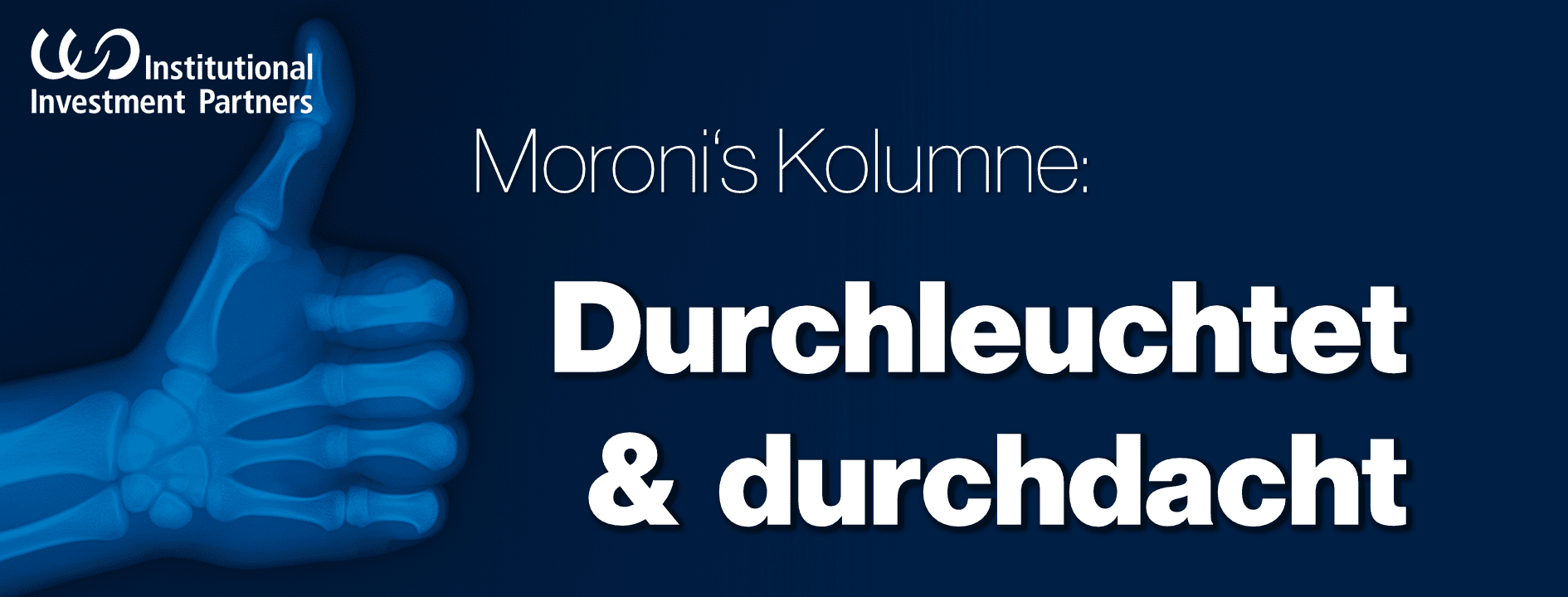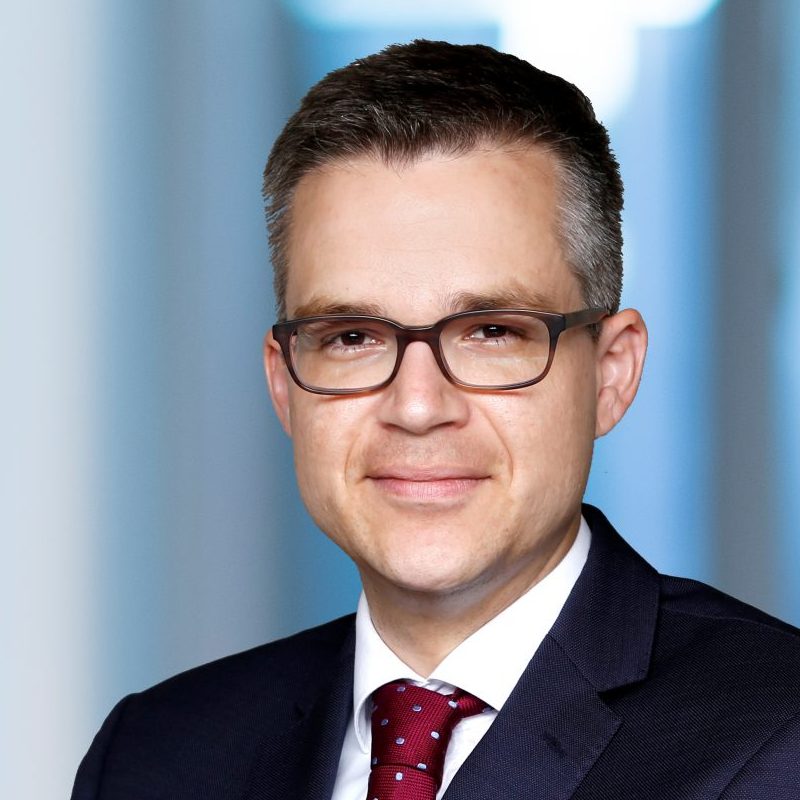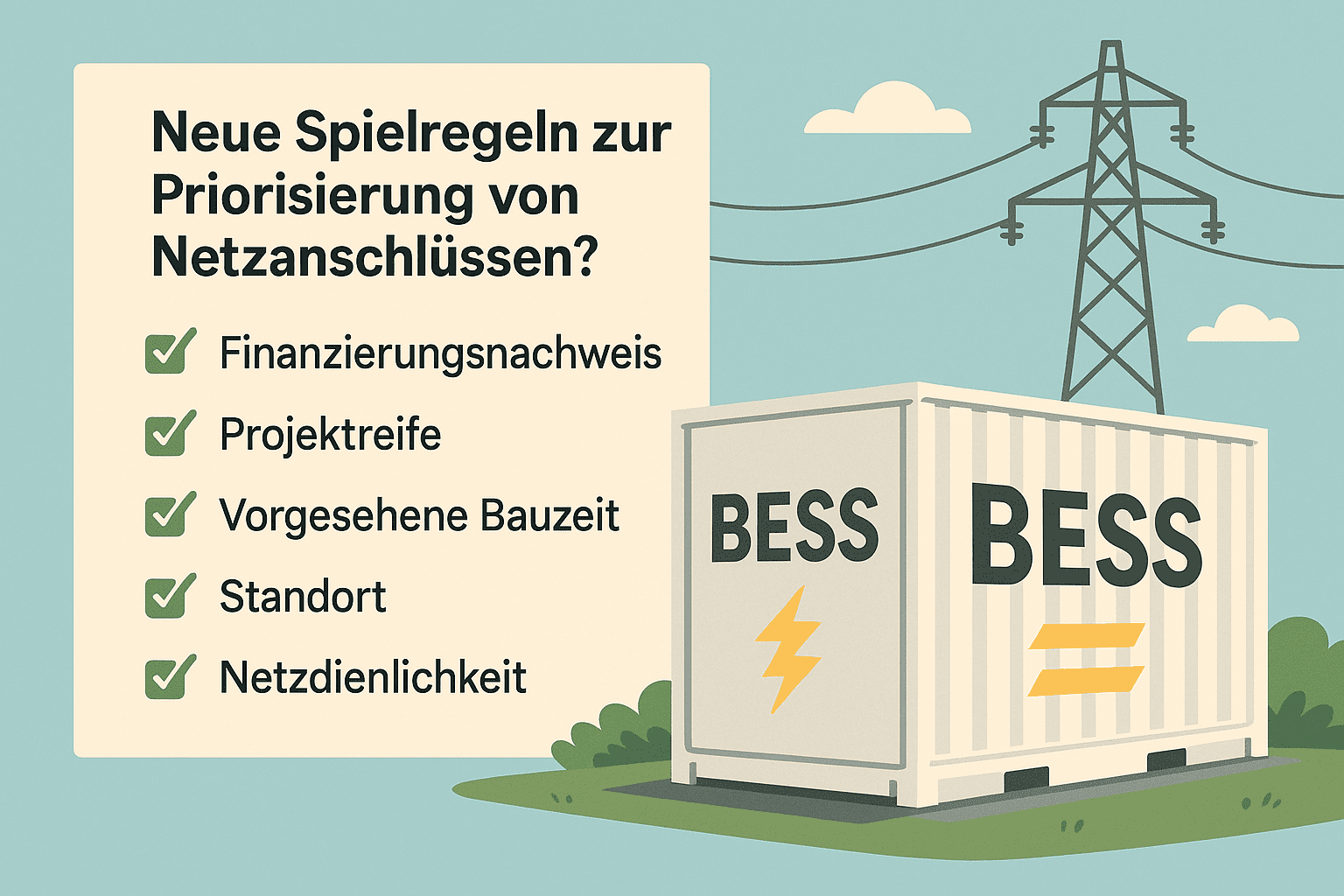
Whether it’s taxis powered by green hydrogen in major European cities or system providers for bidirectional charging of electric cars – in the infrastructure sector, niche business models promise returns on innovation. Naturally, this is offset by increased risks. Tobias Moroni spoke with Dr. Andreas Peppel, Managing Director at Institutional Investment Consulting Partners, about whether such models can make sense and how investors can critically examine them and integrate them into portfolios.
Tobias Moroni: Hello Andreas, what actually describes the connecting bracket in niche business models?
Dr. Andreas Peppel: What connects these models is the attempt to focus on high-growth business approaches at an early stage and to anchor them in the fund with a clear intention of increasing value. These are typically admixtures in larger infrastructure funds.
Tobias Moroni: Do you have prominent examples of this from current infrastructure funds?
Dr. Andreas Peppel: Yes, for example, taxi fleets powered by green hydrogen in major European cities or system providers for bidirectional charging of electric cars (“vehicle-to-grid”, V2G). I encounter such concepts more and more often.
Tobias Moroni: How does the integration of such niche models into existing infrastructure funds work in practice?
Dr. Andreas Peppel: In the cases I have seen, the fund’s investment conditions explicitly allowed this. And even for many larger funds, the regulations are broad enough to include such models in addition to the actual core strategy. The regulatory side is therefore usually not an obstacle.
Tobias Moroni: Understood. In many cases, the investment conditions therefore leave room for manoeuvre. But the decisive factor is whether investors can really understand the business plan – and want to do so at all.
Dr. Andreas Peppel: Exactly. These business models are often not yet established or scaled and are therefore at the upper end of a risk/return matrix. This requires a particularly close look at the assumptions and the plausibility of the calculations.
Tobias Moroni: So investors have to take a close look. What is the best way to proceed?
Dr. Andreas Peppel: A first approach is to analyze the track record of previous “niche deals” of the same fund company – for example, based on the internal rate of return (IRR) or the equity multiple achieved. This gives a first feeling for whether the manager can handle such models.
Tobias Moroni: What was the situation with hydrogen taxis in concrete terms?
Dr. Andreas Peppel: In addition to the track record, the investment memorandum was also informative here. In it, the adjusting screws of the business plan could be checked – for example: Are the assumptions about the hydrogen price in line with the forecasts of renowned institutes? If not, the business plan would be incorrectly adjusted from the start.
Tobias Moroni: And even forecasts from renowned institutes remain only forecasts, right?
Dr. Andreas Peppel: Of course. According to the monitoring report on the energy transition by the Federal Ministry for Economic Affairs and Energy, the production costs for green hydrogen in Germany currently vary between 147 and 357 euros/MWh. For 2040, forecasts range from 78 to 222 euros/MWh – i.e. enormous ranges. These uncertainties in the input factors are a key risk and justify a critical attitude towards the economic viability of such models.
Tobias Moroni: In case of doubt, there will always be a certain forecast uncertainty – that’s what niche models are all about. Does this give them a chance at all?
Dr. Andreas Peppel: Yes, you should. But the magnitude of such investments in the fund should reflect the risk appetite of the asset manager – i.e. in case of doubt, be dosed rather conservatively.
Tobias Moroni: Thank you very much, Andreas. What is your conclusion for investors?
Dr. Andreas Peppel: Infrastructure funds can gain momentum by adding innovative niche models. This can be useful and exciting – but requires a watchful eye. Investors should at least cursorily check whether the managers’ assumptions are plausible and make sure that the proportion of such niche business models in the fund portfolio is in reasonable proportion to total assets.























